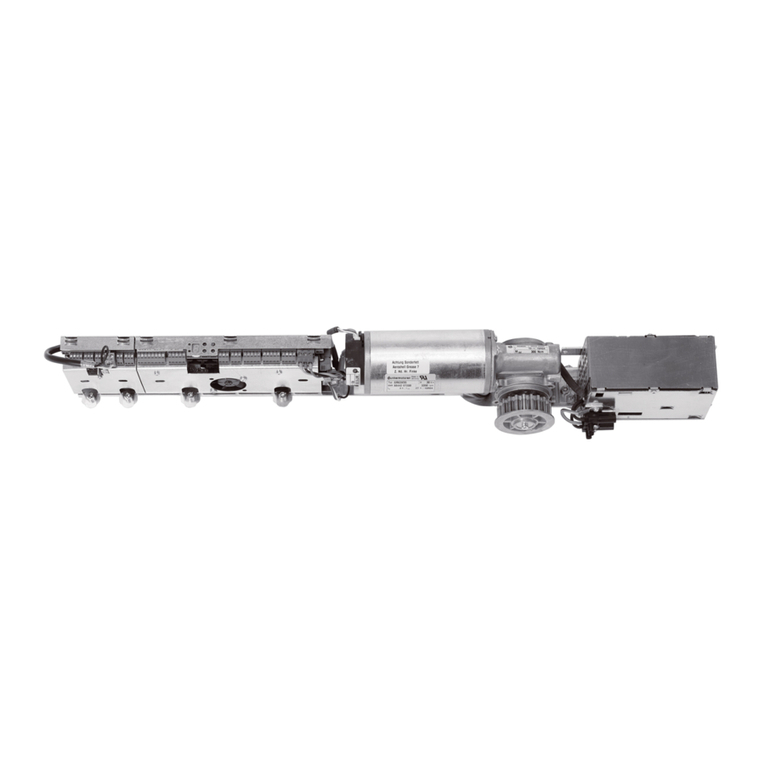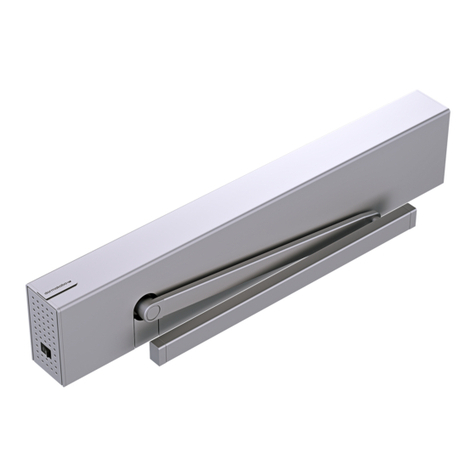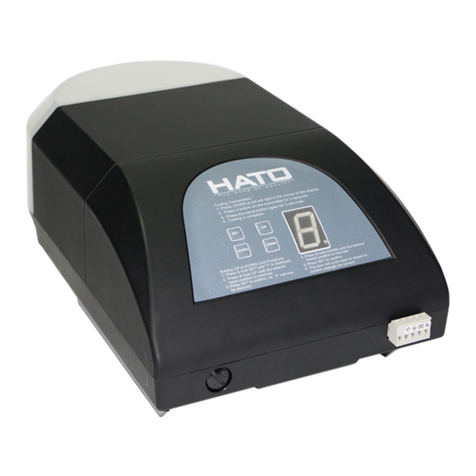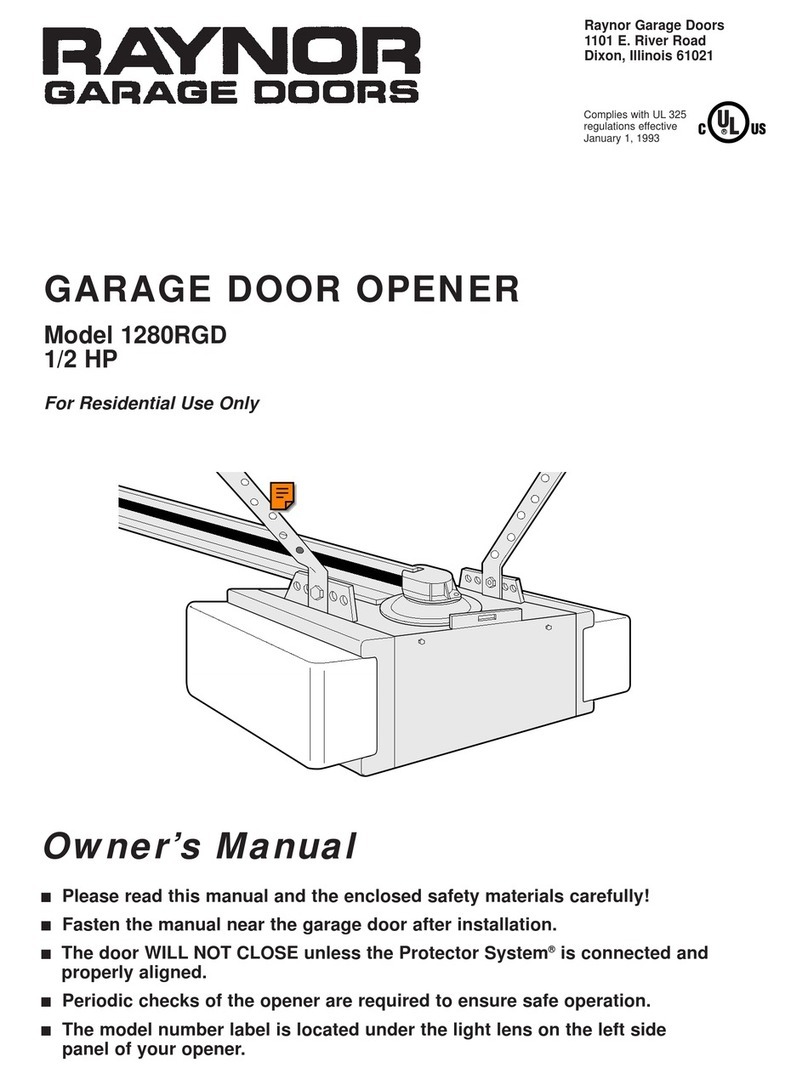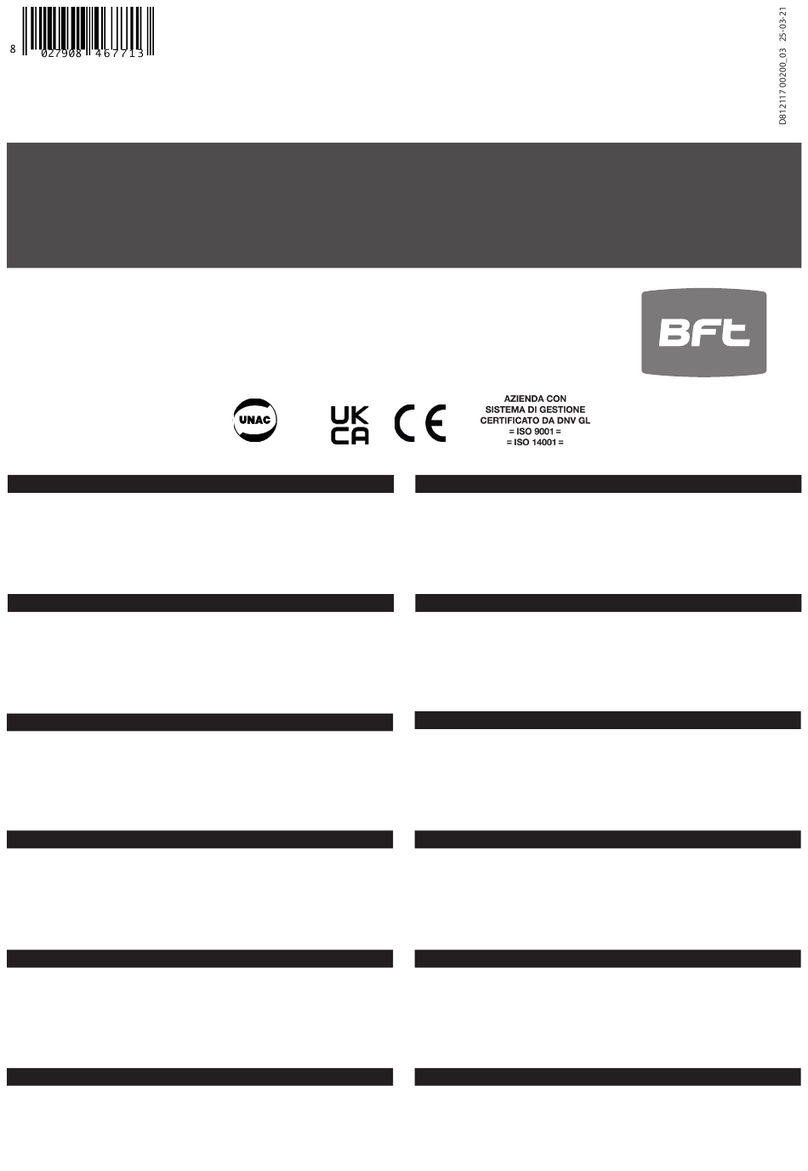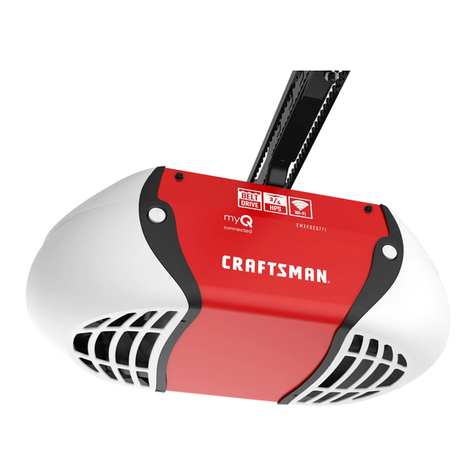
DORMA •
_ES_90/_100
_~I~\
J
~
DORMA
Commissioning
I
Adjustment
I
Functional testing
@
A\.
Work on electrical equipment must only be
ill
performed
by
trained and qualified electricians.
1. Preparations for commissioning
1.1 Basic prerequisites
The operator has been completely installed.
The protective earth conductor is connected.
The back-up storage battery module is plugged in.
The light barners are connected.
The expansion module is plugged in.
The separately supplied components such as
program switch, activators and lock systems have
been installed and connected.
The end stops are adjusted so that at the
maximum opening
width
both (outer) sliding
panels come into contact with the stops, and the
sliding panels and stationary screens do not
collide at their respective sealing profiles when
the door is closed.
2. Commissioning
1. Move the door panels to the half-open position.
2. Set the program SWitch to "OFF".
3. Unlatch the emergency stop switch.
4. Press the service pushbutton while at the same
time switching on the mains power.
5. Wait 10r approx.
20
seconds for the switch-on
phase to be completed. and 10r the control unit to
carry out a self-test. The operational status
display LED lights up and the door should now
slowly close.
In the case of single-panel, rightward opening doors:
If the door opens, the motor connections must be
reversed and procedure steps 1 to 5 repeated.
Only during initialisation (loading of default
program settings) is the changed counting
direction of the incremental encoder detected.
The door performs a closing cycle.
6. Once it has reached the closed position, set the
program switch
10
"AUTOMATIC".
7. Depress the service pushbutton for approx. 3
seconds.
The door set now performs a learning cycle:
The door opens at creep speed to determine the
opening width. Once the door is in the open
position. press the panels against the end stops to
enable the system to identify the motor type.
Opening width and motor type are then stored.
The door set then tests whether a lock is
connected and if so, what type of lock.
For this purpose. the door opens and closes a
short distance up to three times.
8. Briefly depress the service pushbutton.
The door opens quickly, the control unit stores the
door parameters and then performs a back.up
battery test
Ir\.
When using the ES concealed rod multipoint lock,
ill
perform the procedures specified under step 8
overleaf: Concealed rod multipoint lock.
3, Settings
3.1 Expansion module 4 (EM 4)
The control unit is preset so that it is optimised for the
most common appl ications.
By resetting a jumper, the emergency open function
can be converted into an emergency close function. For
this, unscrew and remove the housing cover 01 the
module.
If another setting should be required. this must be
implemented using the hand terminal (HT). (See hand
terminal operating instructions).
3.2 Re.instating the default settings
1. Depress the service button while at the same time
switching on the mains power.
The door performs a closing cycle.
2. Once the closed position has been reached.
release the service pushbutton and set the
program switch to 'AUTOMATIC".
The door performs a learning cycle and then
switches all parameters to the default settings.
3.3 Setting the partial opening width
The partial opening width can be set using the program
switch in accordance with individual requirements.
I. Set the program switch to "PERMANENT OPEN"
Door opens at creep speed.
2. Once the required partial opening width has been
reached, set the program switch to
"PARTIAL OPENING".
The door stops and the newly set partial opening
width is stored.
The program switch function for setting the partial
opening width can be disenabled using the hand
terminal. The partial opening width can then only be
set and adjusted using the hand terminal.
4. Functional testing
4.1 Light barriers
1. Interrupt the light barriers individually during the
closing cycle.
The corresponding LED on the expansion module
lights up and the door reverses.
2. With the door open, interrupt the light barriers for
a period of several seconds.
The door should remain open as long as the light
barrier transmission paths are interrupted.
Once the obstruction of the light barriers has been
removed. the door should close on expiry of the
preset hold-open time.
An automatic test of the light barriers is additionally
performed prior to each closing cycle.






